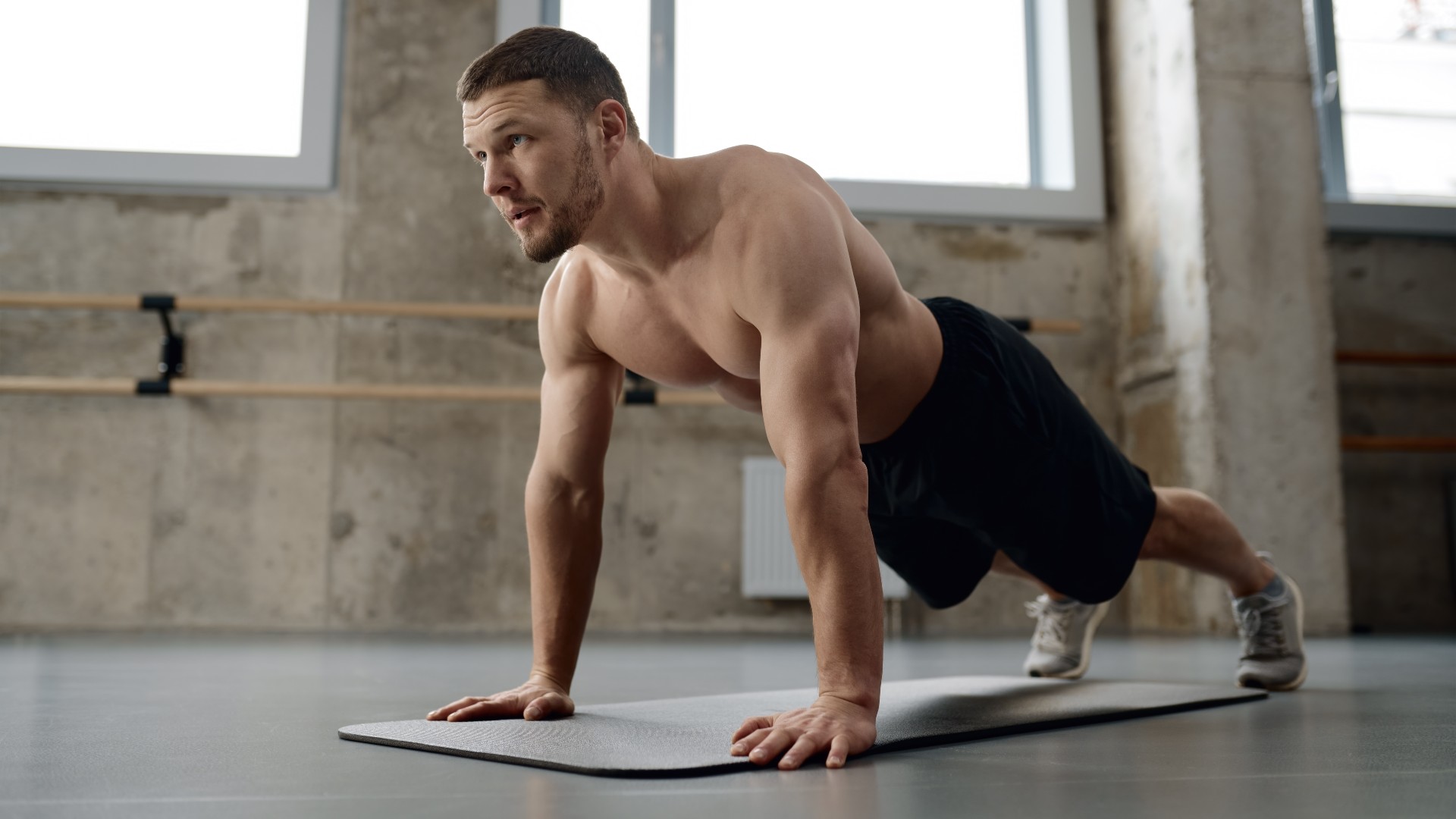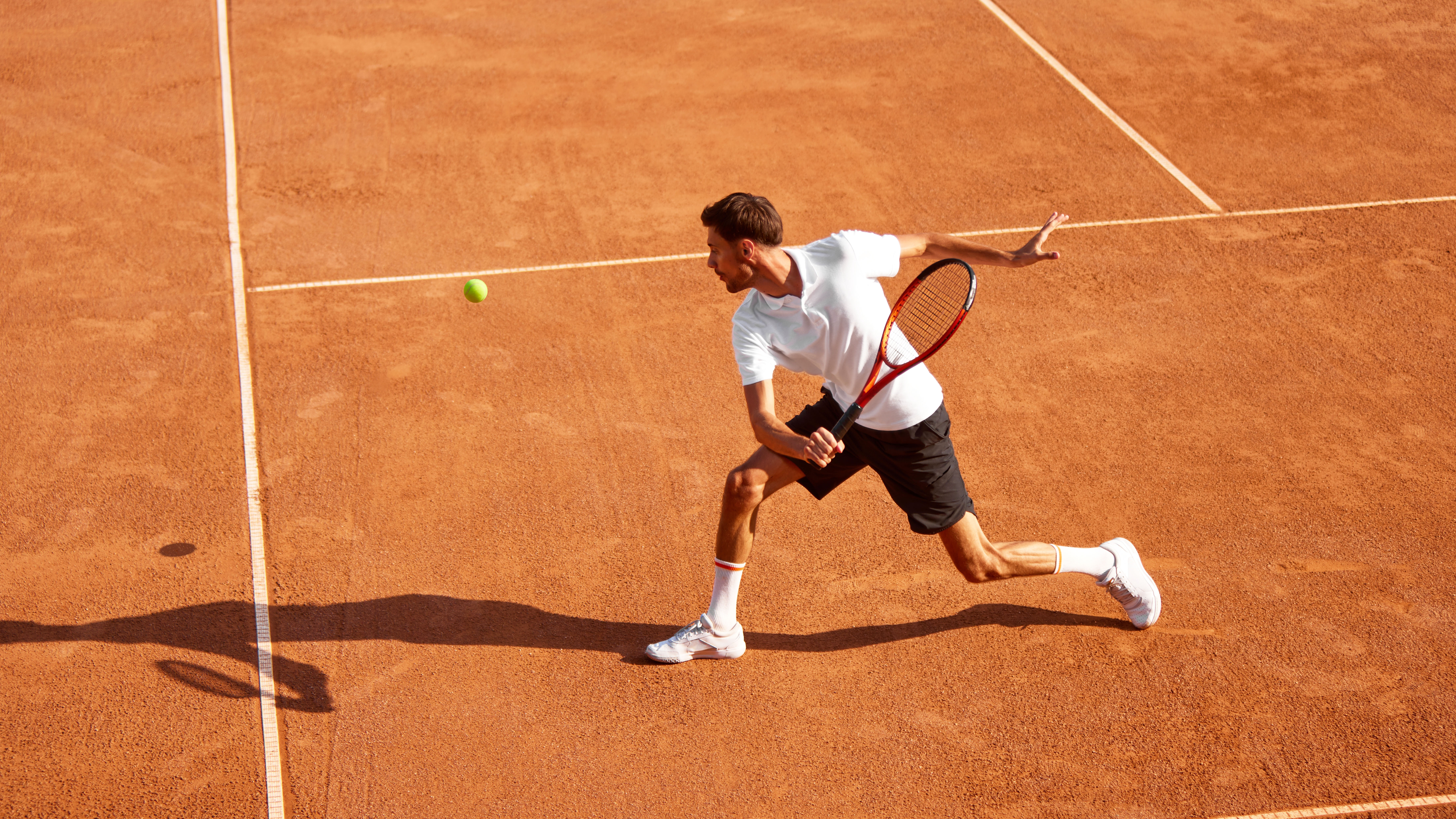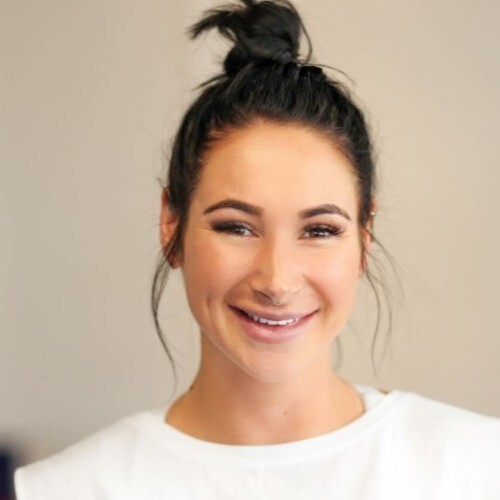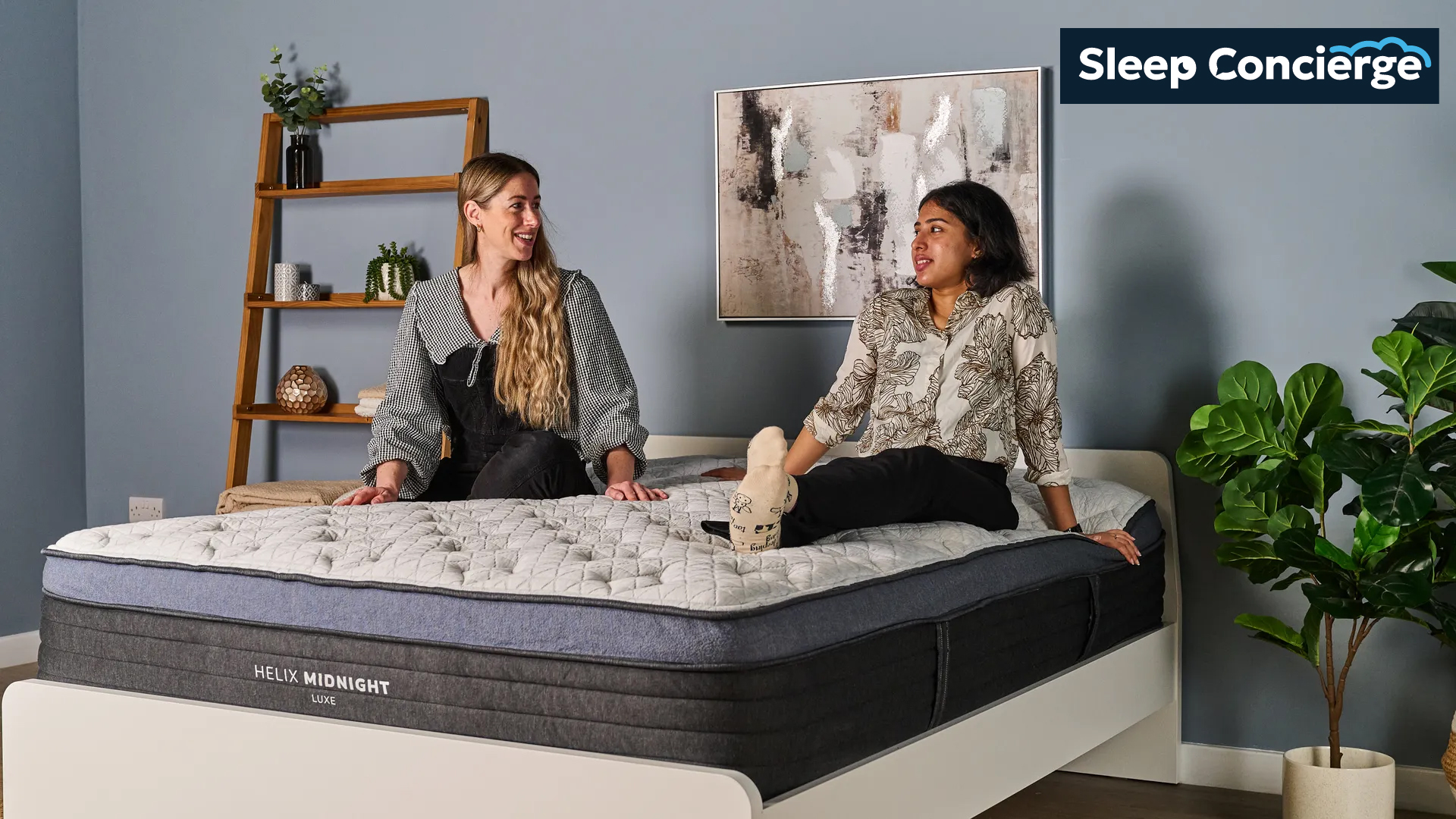Forget gym machines — study shows this type of exercise is the most effective at building strength, muscle and power

It’s not all about making your workouts look fancy or slick for Instagram, particularly if you’re a beginner; research shows that there’s a type of exercise that trumps most, and it’s really simple: functional training.
Functional workouts use movement patterns that translate to your everyday life and tasks, like squatting, throwing, lunging, crawling, or even jumping.
Recruiting and coordinating multiple muscle groups and joints together and moving in natural, even primal, ways helps reduce injury risk, keep bones and muscles strong, and build muscle, power and endurance.
Here’s why functional training could be the key that unlocks your full potential in the gym, and how to get started.

What is the study?
There’s a bunch of research on functional workouts, but I like to refer to this systematic review published in Frontiers, which looks at multiple components of fitness for athletes. Of over 140 studies, only nine met the criteria to be included.
Results show functional training can significantly impact speed, muscular strength, power, balance and agility. Although no significant improvement was found on overall body composition (this will come down to other factors as well, like your diet and lifestyle), there was evidence of effects on flexibility, mobility and muscular endurance.
Functional exercise is all about efficient and effective training that translates to the real world scenario, and it’s a way of keeping you mobile, strong and agile as you get older, so everyone benefits from it.
Get instant access to breaking news, the hottest reviews, great deals and helpful tips.
That could include anything from calisthenics (for the bodyweight training lovers) to weightlifting, walking workouts, or running.
You’ll find many sports coaches also program functional exercises and workouts into sports-specific training programs to develop all-around power, mobility and strength. David Beckham could be found in F45 classes (the home of functional training) for a good while, in fact.
What exercises are not functional?
Although I'm generalizing, gym machine-based exercises and isolation exercises (single-muscle movements) typically don't sit under the umbrella term of "functional" because they don't translate to real-world activities.
Of course, there are some exceptions, but movements that have a strict and restrictive movement pattern and move the body in a way that limits natural mechanics tend to fall outside of the functional scope.
Think of your triceps extensions or leg extension machine, for example. Localized strength gains typically exclude the stabilizer muscles that work to support your body through movement. Think about your core working to stabilize you during a deadlift, for example.
This means you won't improve overall function and performance or build the core muscles. That's why functional training is more effective, because you can recruit multiple muscles in a natural way, spreading the gains.
How to build a functional workout routine
This will entirely depend on your level of fitness and experience with exercise, and what you enjoy doing.
The real secret to success is including compound exercises in your routine. On a basic level, think about squats, lunges, push-ups, rows and pull-ups, then all the variations of these you can find.
Next, when putting together a functional routine, consider direction of travel. Running, by nature, is a functional form of movement because it is considered locomotion — moving from point A to point B.
However, your body can move in many planes of motion, including forward and back (sagittal), side-to-side (frontal) and rotation (transverse). Moving in all directions will help strengthen and stabilize all muscle groups and prevent underuse or weakness in areas of the body.
Ready to get started with a functional workout? We’ve got you covered with suggestions below.
- Functional strength and mobility expert shares 5-minute routine to boost flexibility — here’s why I'm sticking with it
- Not the gym — calisthenics coach says these 12 moves build full-body functional strength and a stronger core
- Build your own 5-move functional fitness workout with Arnold Schwarzenegger — here's how
Follow Tom's Guide on Google News to get our up-to-date news, how-tos, and reviews in your feeds. Make sure to click the Follow button.

Sam Hopes is a level 3 qualified trainer, a level 2 Reiki practitioner and fitness editor at Tom's Guide. She is also currently undertaking her Yoga For Athletes training course.
Sam has written for various fitness brands and websites over the years and has experience across brands at Future, such as Live Science, Fit&Well, Coach, and T3.
Having coached at fitness studios like F45 and Virgin Active and personal trained, Sam now primarily teaches outdoor bootcamps, bodyweight, calisthenics and kettlebells.
She also coaches mobility and flexibility classes several times a week and believes that true strength comes from a holistic approach to training your body.
Sam has completed two mixed doubles Hyrox competitions in London and the Netherlands and finished her first doubles attempt in 1:11.
You must confirm your public display name before commenting
Please logout and then login again, you will then be prompted to enter your display name.
